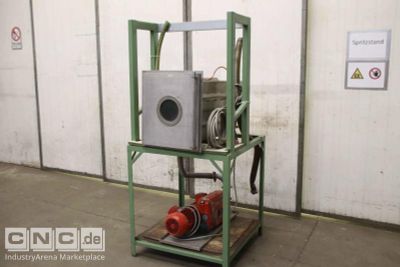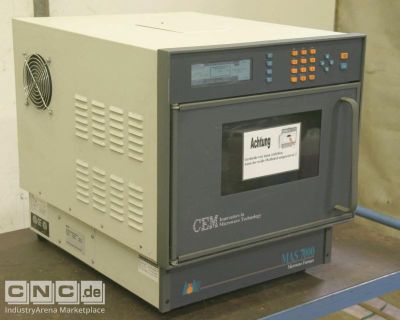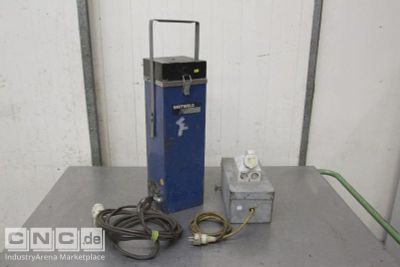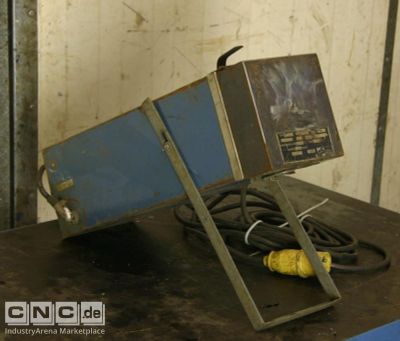Mercado de máquinas e instalaciones usadas
Máquinas usadas Hardening ovens
Hardening furnaces and plants are industrial equipment used for the heat treatment of metals and other materials to increase their hardness and strength. Hardening furnaces can come in a variety of sizes and designs and are used in a wide range of applications, including automotive, aerospace, tooling, and power generation. Hardening processes involve several steps, including heating the material to a specific temperature, maintaining a holding time, and rapid cooling. The exact conditions depend on the type of material and the desired hardness. Some of the common hardening processes are: Quench hardening: the material is heated to a high temperature and then rapidly cooled in a medium such as water or oil. This process increases the hardness and strength of the material, but can also cause deformation and cracking. Tempering: The material is heated to a high temperature and then cooled in a medium such as water or oil to harden it. The material is then heated to a lower temperature and held for a period of time to stabilize the hardness. Tempering: The material is heated to a specified temperature after quenching or tempering and then slowly cooled to reduce hardness and increase toughness. Hardening furnaces can be batch or continuous furnaces. Batch furnaces are suitable for heat treating small batches of parts, while continuous furnaces are used for continuous heat treatment of large quantities of parts. Hardening furnaces can also be linked to other equipment, such as cleaning or degreasing systems, for seamless integration into the production process. Overall, hardening furnaces and plants are an important part of the metalworking industry. They enable the heat treatment of materials to improve their hardness and strength, resulting in more resistant and durable products.
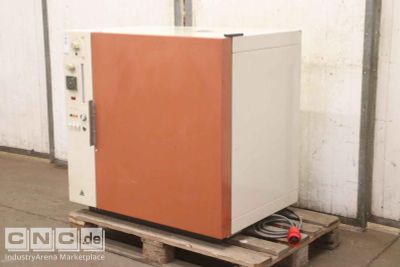
|

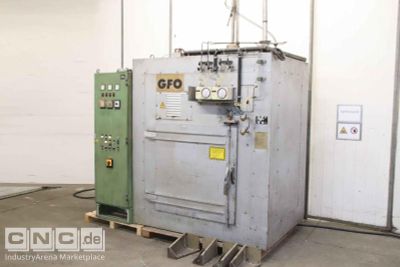
|

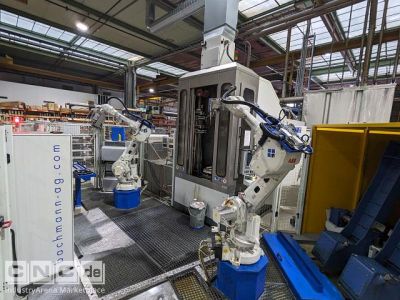
|












